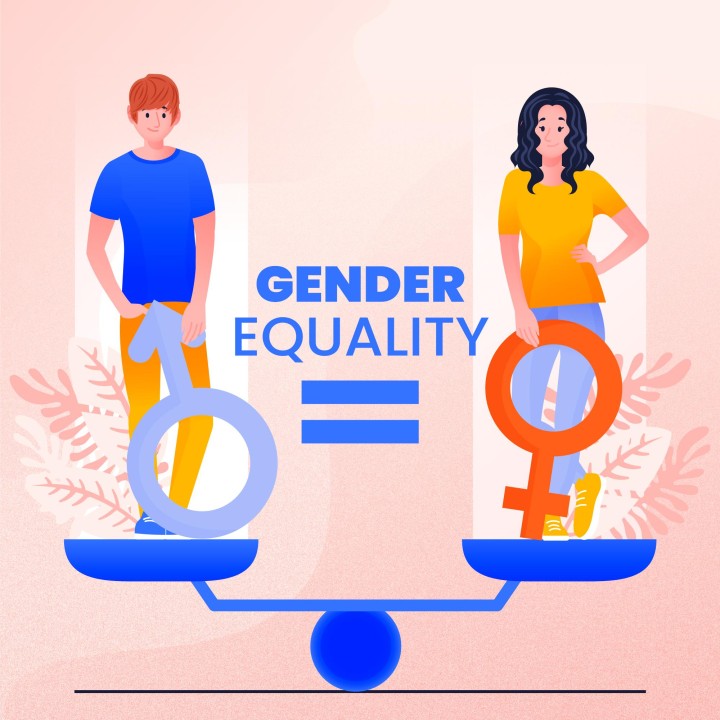While there has been significant progress made in creating a more fair and equal work environment for men and women, it is impossible to ignore the gender-related social norms that are still barriers for women in the workplace. Although these social norms may seem to be a series of micro interactions, they accumulate into a grand macro problem of workplace discrimination against women. Donna Bobbitt-Zeher focuses on the specific experiences women have at work and emphasizes, “We must look at processes that lead to unequal outcomes for women and men. The real challenge is to uncover how discrimination unfolds in the workplace” (Bobbitt-Zeher, 2011). In the article there is a focus on the discrimination of Christy Kinneson as opposed to hypothetical scenarios. Christy Kinneson was a clerk in a manufacturing plant and comments were made by others in the plant regarding her nature. As described in the article, “Those managers clearly could not tolerate a woman acting like a man.” This negative view was translated into her firing as insubordinate. Although the work environment was described as “rough and tumble” with vulgar language commonplace and men engaging in similar or worse conduct, her General Manager justified her firing, stating, “she showed a blatant disregard and lack of respect for her supervisors…” (Bobbitt-Zeher, 2011). Obviously, Ms. Kinneson faced a double standard as to fire a member of the opposite gender based on insubordination but to not hold the men at the plant to that same standard is an example of why gender norms are still great obstacles for women in the workplace and are standing in the way of economic equality.

Additionally, societal norms often create barriers and obstacles for women’s entry and those that are working their way up the corporate “ladder.” Women often receive discrimination, prejudice, performance devaluation, and general backlash when trying to succeed in the workforce. “For instance, across occupations, median weekly earnings diverge by 18.5% between men and women and these gaps widen in higher-paid occupations” (Garcia, 2022). It is important to emphasize that these gaps widen as the jobs become higher paid, meaning that discrimination could very possibly increase the higher up the “work ladder” a woman climbs. Additionally, when women do climb up the corporate ladder, there is also a great deal of differences in leadership that men and women possess. These differences affect long term workplace success and equality among genders. Unfortunately, women only hold 6.2% of CEO positions among S&P 500 companies and make up a combined 26% of managing directors and CEOS in the workforce, resulting in real workplace change for women being a rarity (Garcia, 2022). Finally, it is important to note that, “…about 42% of working women (compared to 22% of working men) reported that they experienced job discrimination–such as earning less for the same job and being treated as if they were not competent–because of their gender” (Garcia, 2022). These statistics support the idea that societal norms often prevent women from real leadership positions resulting in the continued discrimination of women in the workplace.

Finally, women receive gender-related discrimination in the workplace even when they are in positions of power to make corporate decisions. In Tai Kenneth’s article “Gender, Bottom-Line Mentality, and Workplace Mistreatment…” she focuses on how women with higher bottom-line decision-making tendencies are viewed to be higher gender norm violations than men with lower bottom-line decision-making tendencies (Kenneth 2022). These gender norm violations often result in mistreatment and discrimination. Due to this, we can see the preferred societal standards that women are held to, and the less leeway women have with gender norms in the workplace as opposed to men. In conclusion, societal norms still greatly dictate gender workplace discrimination and women are still unfairly targeted as a result.
- What policies can be implemented to ensure that men and women are receiving fair workplace treatment?
- What role do traditional family dynamics have on women’s career paths?
- Does the sterotypical representation of women in media have an impact on women’s success rates in their career work?
Works Cited
Hanek, K. J., & Garcia, S. M. (2022). Barriers for women in the workplace: A social psychological perspective. Social and Personality Psychology Compass
Bobbitt-Zeher, Donna. “Gender Discrimination at Work: Connecting Gender Stereotypes, Institutional Policies, and Gender Composition of Workplace.” Gender and Society, vol. 25, no. 6, 2011, pp. 764–86. JSTOR, http://www.jstor.org/stable/23212199. Accessed 19 Oct. 2023.
Tai, Kenneth, et al. “Gender, Bottom-Line Mentality, and Workplace Mistreatment: The Roles of Gender Norm Violation and Team Gender Composition.” Journal of Applied Psychology 107.5 (2022): 854-65. ProQuest. Web. 27 Nov. 2023.